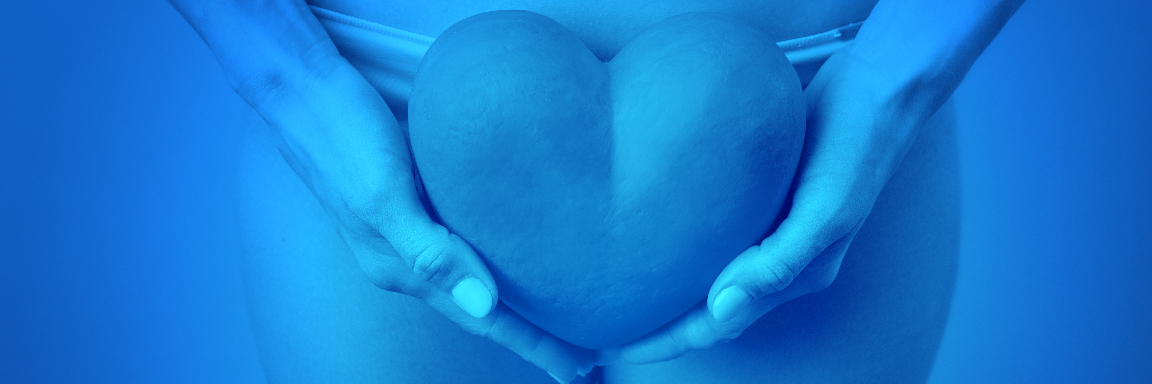
Egg Donation
Egg donation is an Assisted Reproductive Treatment in which the eggs of a female donor are fertilized with the sperm of the partner of a female recipient or with sperm from a sperm bank. It is performed in cases where the female has advanced reproductive age, lacks ovaries, or her ovaries do not produce a sufficient quantity or quality of eggs.
This treatment is also indicated for patients who carry severe diseases linked to chromosomes or genes, as using eggs from another person prevents the transmission of these conditions to the offspring. In the vast majority of cases, egg donation is an anonymous procedure for both recipients and donors. Neither party will have access to information related to the identity of the individuals involved, nor to the results of the current or previous procedures (in the case of donors). In special circumstances, the treatment can be carried out with a known donor, or the donor’s identity may be revealed sometime after birth
Wait-free treatment.
Donor selection.
Donors
Who are our donors?
Donor patients are healthy women over 18 years of age who volunteer to donate their eggs. They come to our center through word-of-mouth recommendations or by contacting us through our communication channels.
The motivation for undergoing the procedure varies, but there is always a desire to help others achieve their dream of building a family. In all cases, the first step is an interview with the doctors in charge of Gestanza’s Egg Donation Program, followed by a physical and psychological evaluation to determine if the patient is eligible to begin the assessments that will determine her inclusion or exclusion from the program. The assessments include updates on gynecological and breast check-ups, laboratory tests, blood type and Rh factor, serology for hepatitis B and C, VDRL (syphilis), HIV, hormonal studies, and genetic evaluation with karyotype in peripheral blood and detection of carrier status for Cystic Fibrosis. You can also conduct genetic compatibility studies with the selected donor in cases of relevant genetic backgrounds or to reduce the risk of genetic pathologies.
How is Egg Donation performed?
The procedure begins with the assignment of a compatible donor and can be carried out in various ways: using eggs obtained from the donor on the same day, using previously frozen eggs, with or without cycle synchronization between the donor and the recipient.
In all cases, regardless of the chosen method, the procedure essentially involves ovarian stimulation and subsequent aspiration of follicles, which is performed on the donor, and the preparation of the recipient’s endometrium for embryo transfer.
This preparation is a simple and non-invasive process that involves taking daily oral estrogen for approximately two to three weeks and then adding vaginal progesterone to create a receptive endometrium for the embryo. Endometrial preparation is monitored through transvaginal ultrasounds, providing precise information about endometrial quality and determining the optimal time for transfer.
Embryo transfer is performed in the operating room, but it does not require anesthesia or fasting. It is done under ultrasound control to ensure that the embryos are placed in the correct location within the uterine cavity.
Approximately 14 days after the embryo transfer, a beta HCG test will be conducted to determine the presence or absence of pregnancy.

